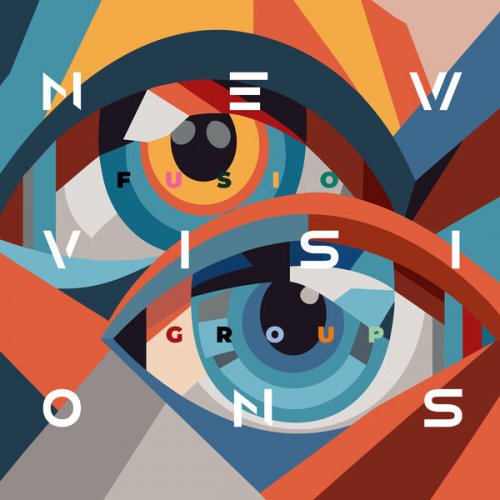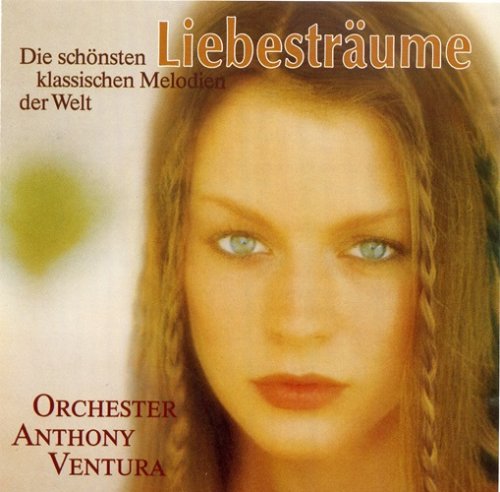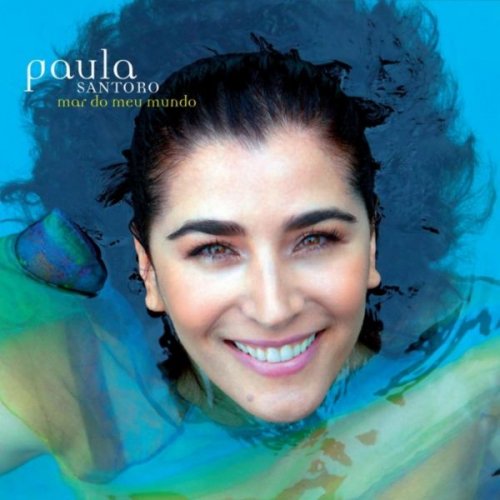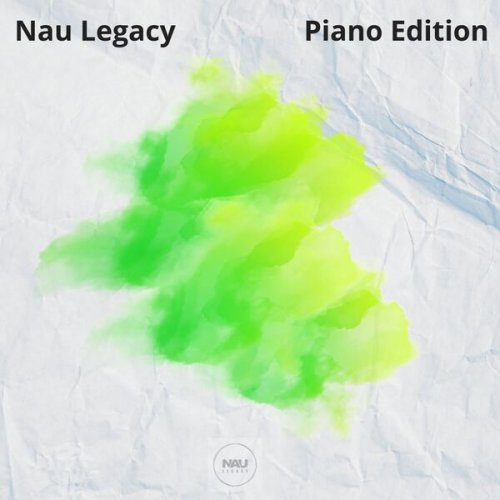The King'S Consort, Robert King - Telemann: Suites from Tafelmusik (Musique de Table), Productions 2 & 3 (1989)
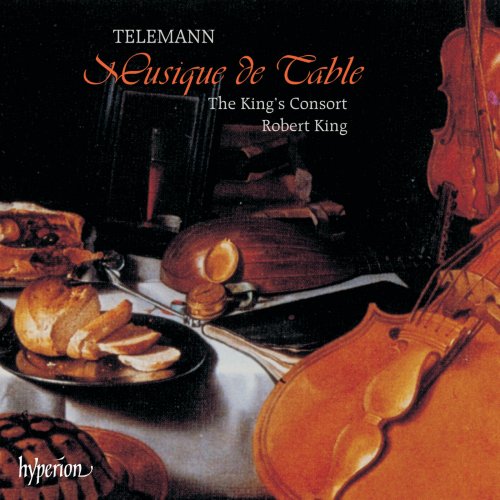
Artist: The King'S Consort, Robert King
Title: Telemann: Suites from Tafelmusik (Musique de Table), Productions 2 & 3
Year Of Release: 1989
Label: Hyperion
Genre: Classical
Quality: flac lossless (tracks) +Booklet
Total Time: 01:07:01
Total Size: 326 mb
WebSite: Album Preview
TracklistTitle: Telemann: Suites from Tafelmusik (Musique de Table), Productions 2 & 3
Year Of Release: 1989
Label: Hyperion
Genre: Classical
Quality: flac lossless (tracks) +Booklet
Total Time: 01:07:01
Total Size: 326 mb
WebSite: Album Preview
01. Ouverture-Suite in D Major, TWV 55:D1: I. Ouverture. Lentement – Vite – Lentement
02. Ouverture-Suite in D Major, TWV 55:D1: II. Air 1. Tempo giusto
03. Ouverture-Suite in D Major, TWV 55:D1: III. Air 2. Vivace
04. Ouverture-Suite in D Major, TWV 55:D1: IV. Air 3. Presto
05. Ouverture-Suite in D Major, TWV 55:D1: V. Air 4. Allegro
06. Ouverture-Suite in D Major, TWV 55:D1: VI. Conclusion. Allegro – Adagio – Allegro
07. Ouverture-Suite in B-Flat Major, TWV 55:B1: I. Ouverture. Lentement – Presto – Lentement
08. Ouverture-Suite in B-Flat Major, TWV 55:B1: II. Bergerie. Un peu vivement
09. Ouverture-Suite in B-Flat Major, TWV 55:B1: III. Allegresse. Vite
10. Ouverture-Suite in B-Flat Major, TWV 55:B1: IV. Postillons
11. Ouverture-Suite in B-Flat Major, TWV 55:B1: V. Flaterie
12. Ouverture-Suite in B-Flat Major, TWV 55:B1: VI. Badinage. Très vite
13. Ouverture-Suite in B-Flat Major, TWV 55:B1: VII. Menuet
14. Ouverture-Suite in B-Flat Major, TWV 55:B1: VIII. Conclusion. Furioso
In the decades between 1720 and 1760, long regarded by musicologists as having been dominated by J S Bach, it was—if we return to the information from the time—not Bach but Telemann who held the predominant position in German musical history. Much of this influence was due to his own ability to promote himself and all his considerable musical activity, whether in his official function as Kantor (in a number of musical centres), as a promoter and organizer of concerts, a publisher of music, a theorist, or simply as an enormously prolific composer of a wide variety of music, ranging from sacred cantatas to operas, concertos to secular songs.
Telemann’s sound commercial instincts which brought him such wealth and success are not altogether surprising. He was born into a well-educated, upper-middle-class family, and was intended to become a lawyer. Indeed, when he began showing considerable promise (not least of all by embarking, at the age of only twelve, on the composition of an opera, Sigismundus), he was forbidden to have any further involvement with music. Sent away to school, it was assumed that he would follow a straighter path to his real vocation, but even here his musical studies continued. At university in Leipzig, still intending to study law, one of his compositions led to his being commissioned by the mayor to write a cantata every fortnight, and, much to his mother’s irritation, Telemann’s musical career was set.
In 1702, while still at university, Telemann founded a collegium musicum, intended as an organization to promote public performances of works, often composed for some special occasion, which would not otherwise be heard by the majority of the public. From his first appointment (as organist of the university church), he set about breaking down the strict barriers that existed between composers of sacred and secular music, and also—with music publishing in its infancy in Germany—set about publishing as much as possible. In doing so, he was, as well as amassing a sizeable fortune, providing a service to his fellow musicians, who had up until then experienced some difficulty in obtaining printed music.
The period of twenty years from 1720 saw a considerable growth in the spread of amateur music-making and Telemann accelerated this process by publishing a great quantity of instrumental music which, though technically not always too demanding, offered scope for spirited and lively playing. The three volumes published in 1733 with the title Musique de Table certainly fit that latter description.
The complete Musique de Table consists of three ‘Productions’, each one containing a Suite with a Conclusion, together with an independent Concerto, Quartet, Trio and solo Sonata. There is much variety in the combinations of instruments required: the third Production for instance offers the Suite in B flat major for two oboes and strings, recorded here, together with a Quartet in E minor for violin, flute, cello and continuo, a Concerto in E flat major for two trombe selvatiche (hunting horns) and strings, a Trio in D major for two flutes and continuo, and finally the Conclusion.
Although Telemann chose a French title for the three volumes, the music also contains elements of Italian, German and Polish styles as well. Its popularity among the musical cognoscenti can be seen from the original subscription lists, which show among the 185 names those of Quantz, Pisendel, Blavet and Handel, who borrowed extensively from the works. The title of the collection and the form in which the works were printed suggest that Telemann intended the volumes to be dipped into, rather than performed continuously. Tafelmusik was the German title given to the ancient custom of entertaining guests at meals with background music, and it is into this category of the highest quality ‘wallpaper’ that such exuberant, spirited music—full of witty touches and good tunes—certainly falls.
The Suite in D major in the Deuxième Production begins with a lengthy Ouverture, alternating a slow dotted section with a quicker, imitative idea, with rhythmic interest added by the simultaneous combination of triplets and duplets in the tutti sections that separate the varied episodes. Four movements, each titled Air, follow this large-scale opening. The general-purpose movement title could hardly cover a wider range of music: Air 1 contains, besides its lively subject (which Handel took as the basis for his organ concerto Op 7 No 4), some remarkable accompanying figurations for the violins which would have tested the best amateur players. Air 2 is in the style of a stately minuet, alternating the pairing of trumpet and oboe with the two violins between repetitions of the main theme. Air 3 is a lively Presto, again full of witty touches in the accompaniment and containing a series of delightful violin links back to the tuttis, along with a contrasting minor middle section. Air 4 in 12/8 time has, for contrast, a concertino group of string quartet, without double bass or harpsichord, and, just before the da capo, a lyrical cadenza for the solo violin. The Conclusion finds Telemann at his best, with a sparkling opening theme, and episodes where the two violins and the pair of wind instruments engage in rapid dialogue. The short Adagio is a total contrast, with a fine example of the composer’s familiar staccato accompaniment, over which the oboe and trumpet thread a long, continuous melody before the lively opening returns.
The Suite in B flat major for two oboes and strings from the Troisième Production is on paper a rather more conventional suite, with an Ouverture, a selection of dances (all given the French versions of their titles), and, once again, a Conclusion. With two pairs of relatively equal instruments, oboes and violins, Telemann explores the possibilities inherent in the concertato style. The Ouverture is the longest movement, written in the conventional slow–fast–slow pattern, and given its full repeat structure in this performance; Handel used the fugal theme of the fast section in his Occasional Oratorio (1746). The first dance, an elegant Bergerie, uses the oboes in their familiar pastoral mode; in the next movement, an energetic Allegresse (marked ‘vite’), Telemann again writes in ternary form, with a contrasting middle section in the minor. Postillons, which Handel borrowed for use in Belshazzar, is characterized throughout by a rhythmic, syncopated octave leap which appears in all the parts, and has a ‘throw away’ ending. French graces are at their most elegant in the Flaterie; the following Badinage, literally a ‘trifle’ or ‘piece of fun’, is similar to a gavotte, but with the addition of a trio in which the cello has a series of rapidly repeated bass notes. The more conventionally named Menuet that follows also has a contrasting trio section, and its theme provided Max Reger two centuries later with the basis for his set of variations for piano (Op 134). Finally comes the busy Conclusion, marked ‘furioso’: rising arpeggios in the upper strings over a drone bass alternate with an energetic motif which is treated imitatively. The two ideas alternate until, as a final flippant gesture to such bubbling music, the suite has another lighthearted throw away ending.
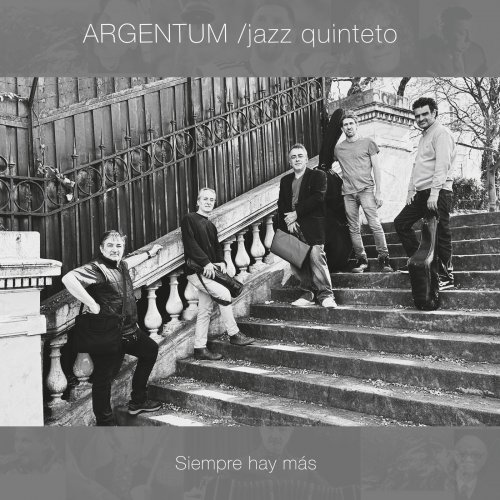
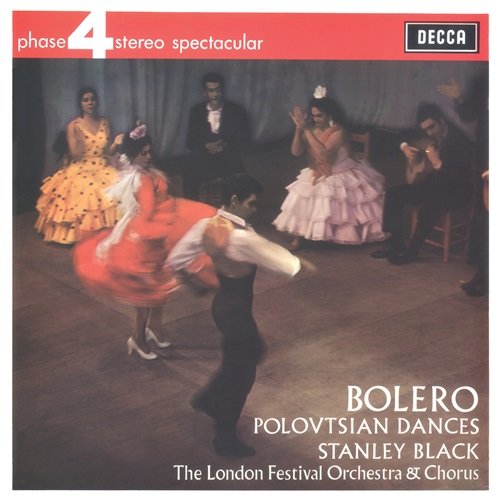


![Milton Man Gogh - Fully Stretched (2025) [Hi-Res] Milton Man Gogh - Fully Stretched (2025) [Hi-Res]](https://www.dibpic.com/uploads/posts/2025-12/1766080588_cover.jpg)
